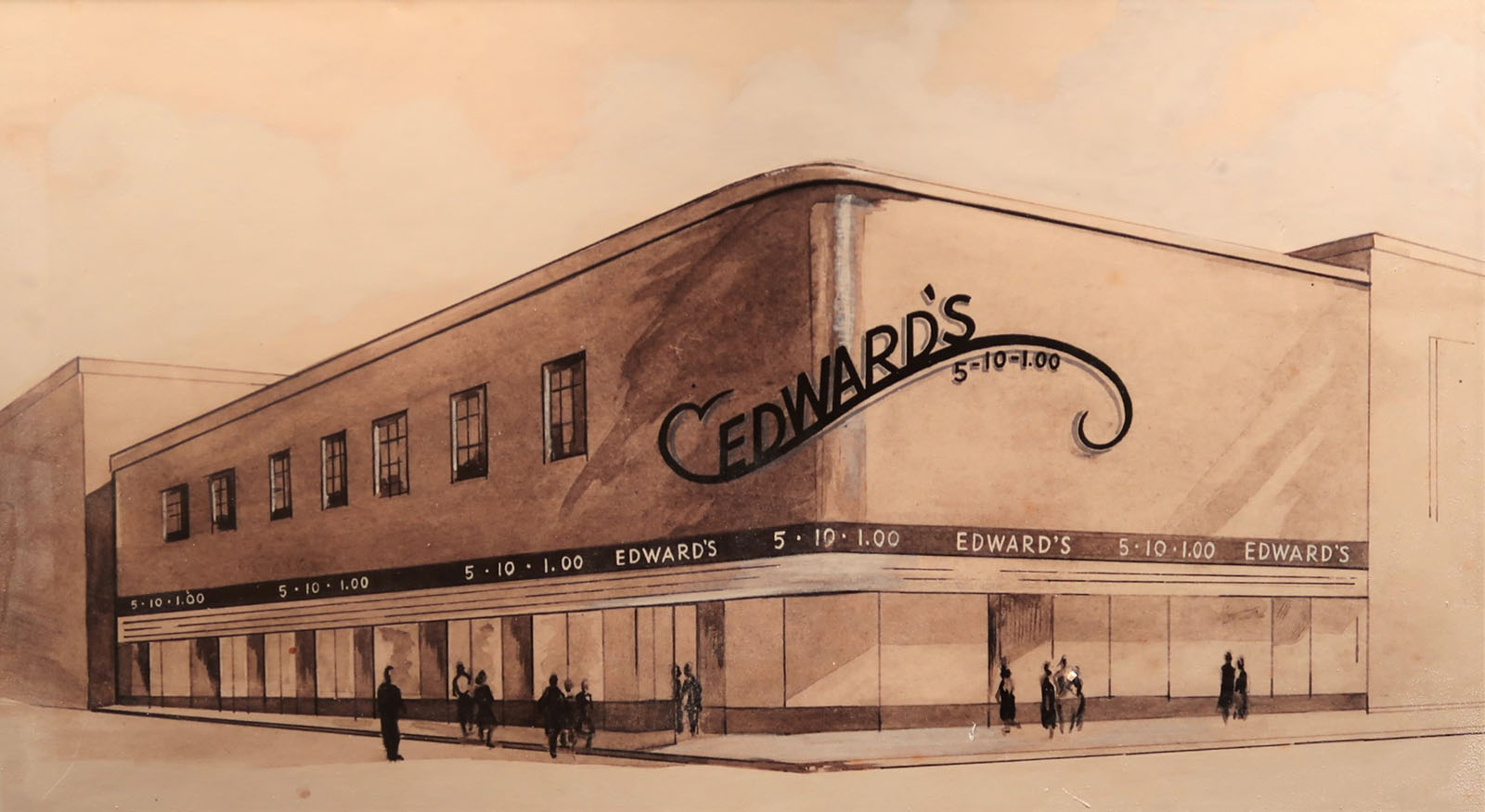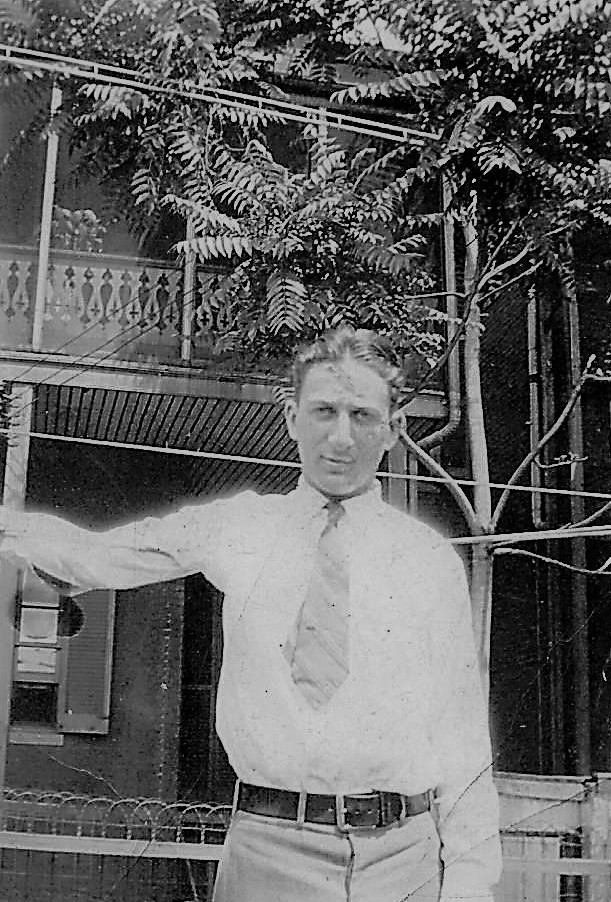In spite of the national competition, the new executives continued to open additional stores. Between 1973 and 1974, they expanded once again, building new stores in Union, Hilton Head, Camden, Easley, and Mt. Pleasant, east of Charleston. Finally, they made the decision to venture out-of-state, opening first in Savannah, GA, in 1975, and in 1977, in Brunswick, GA. At about the same time, there had been a storm in Laurens, SC, and the Edward’s store there was inundated, with no flood insurance on the building. All the stock was lost and the store needed a major renovation. The corporation was not able to insure the building because of the flood, and after the renovation, it flooded again. To top it off, 1974 brought a major recession to the country, and interest rates on borrowing capital for goods and maintenance went to 20 percent. This put extreme pressure on the liquidity of the privately owned stores. It could be said that this was the beginning of the end for Edward’s. In spite of everything, expansion continued with the opening of two more stores, in Charles Towne Square, Charleston, and a second store in Beaufort, SC.

